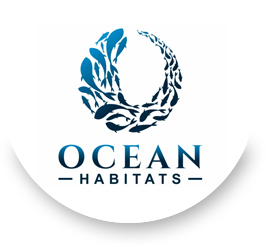Siesta testing gets under the surface
As Siesta Key resident David Vozzolo dipped a pipet in the Grand Canal water, he smiled.
“We know this is just a first step, but we’re hopeful it’s a good start,” Vozzolo said.
He was referring to Siesta Key Association’s pilot program that asks homeowners to place small synthetic reefs underneath their docks in an effort to naturally clean the canal waters by attracting water-filtering marine life.
Just over 100 homes — or about 11.3% of homes along the Grand Canal with docks — now have a mini reef installed.
“As far as restoring nursery habitat, there’s almost no one else on the planet doing that besides people who plant mangrove trees,” David Wolff, the executive director of the mini reef company Ocean Habitats, said.
Now that the program has seen a large number of participants, organizers are starting to test mini reef sites for effectiveness.
SKA partnered with Florida Sea Grant at the University of Florida Institute of Food and Agricultural Sciences to monitor species around the mini reefs and take water samples.
Members of the Florida Sea Grant showed volunteers how to administer tests, but it’s now up to locals such as Vozzolo to continuously monitor the water.
A few times a month, Vozzolo kayaks to testing sites within the four sections to test various water quality markers such as temperature, salinity levels, pH levels, nitrogen levels, oxygen levels, water depth and transparency.
The goal, Vozzolo said, is to compile data that demonstrates whether the program is effective. Volunteers have similar data dating back to 1974.
Along with the testing, volunteers are creating maps that mark where each reef is located, how far it is from the canal’s opening at Roberts Bay and how far it is from storm drains. It also notes whether the mini reef is located near a seawall, boat lift or mangrove wall.
“The idea is to collect as much data as we can,” Vozzolo said. “That way we can see all the different factors that may influence water quality.”


